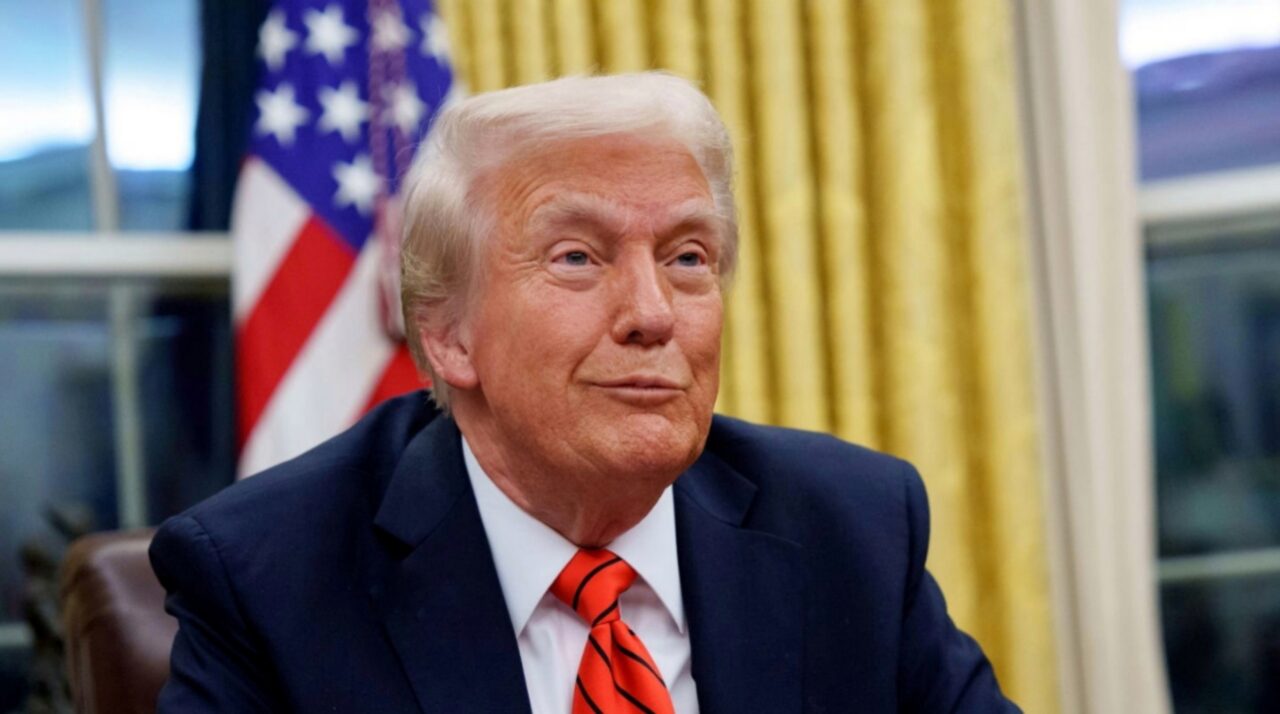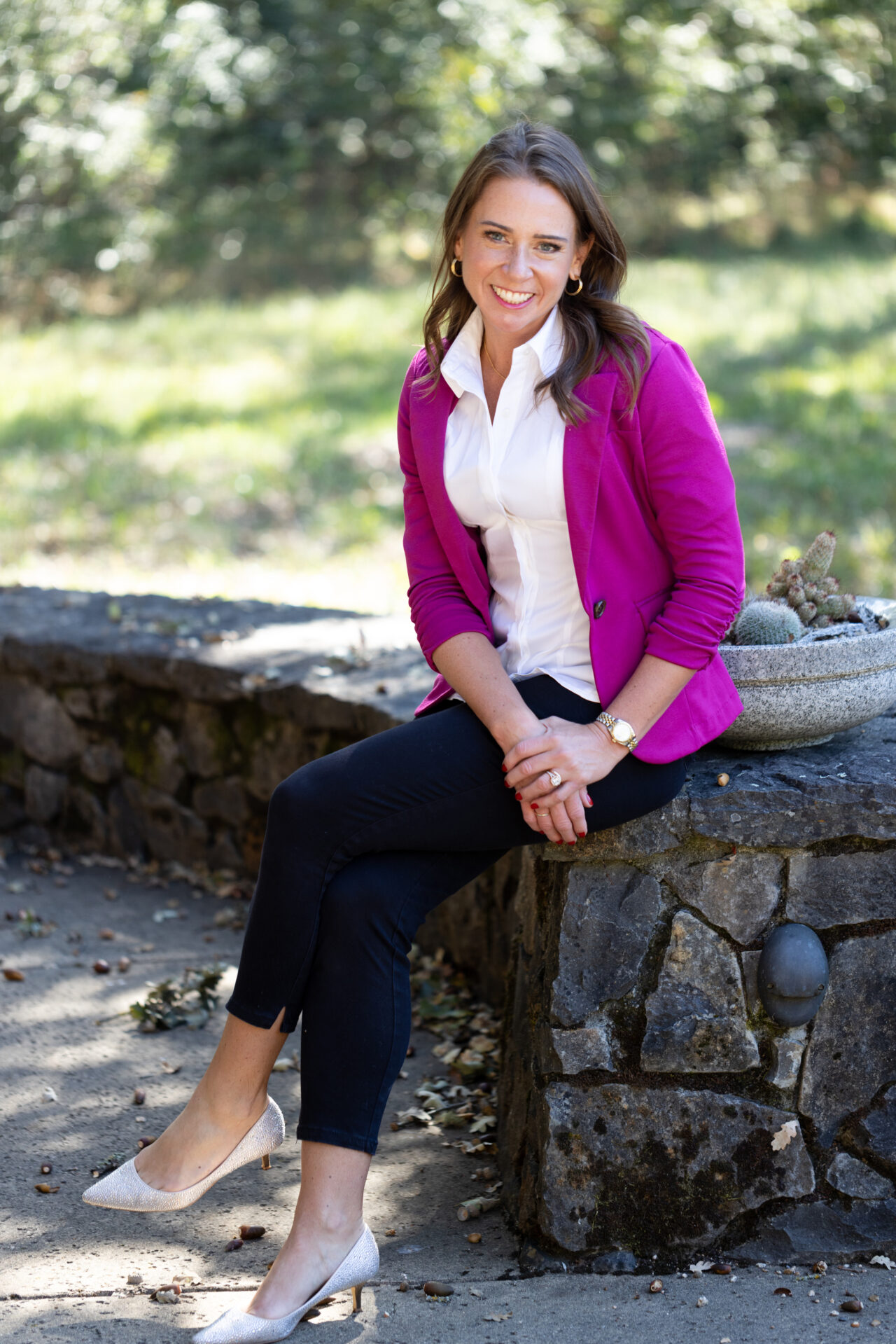April 02, 2025
Leaders must start planning for uncertain times

Since returning to office, US president Donald Trump has sewn chaos and uncertainty. Whether he is playing with the idea of a global trade war, or making outlandish offers to buy countries, his calculated attempts to wrong-foot everybody have created an unpredictable business environment.
“It sounds cliché, but uncertainty is the new certainty,” said Dr Rebecca Homkes, academic and author of Survive Reset Thrive, a book about strategic leadership.
“The change that’s happened since 2020 is that you could usually take some macro variables as granted. But now there is this overhang of complete macro uncertainty that has been thrown into the mix,” she explained.
Given the volatile nature of the world, organisations must get better at handling uncertain situations. Businesses typically adopt one of three courses of action during turbulent times — they freeze and wait for circumstances to change. They put blinkers on and plough ahead blindly, or they panic and throw everything at the problem, wasting time, money and resources.
When faced with uncertainty, organisations should take a step back to reassess the situation and look for opportunities. “We are not great at thinking about growth through uncertainty because we tend to frame uncertainty as a bad thing,” explained Homkes in an interview with Customer Experience Magazine.
“It sounds counterintuitive, but uncertainty is a really good time to grow,” she added.
Uncertain times can present good opportunities
To get better at operating in uncertain times organisations need to improve their decision making capability. This requires more than just hiring a good team or building a ‘can do’ culture. To thrive in uncertain times, organisations need to develop a structured approach to decision making.
At its core that means having a defined set of company ‘beliefs’, and basing decision making around them. A belief is a company stance on how it views the market, or other emerging trends.
“Growing through uncertainty means making decisions based on beliefs, not waiting for established facts,” said Homkes.
It’s important to distinguish between trends, such as a possible trade war with China. And implications — so what higher tariffs with China might mean for an organisation.
“Most organisations go from a trend to implication. They see retaliatory tariffs, [and] shift the supply chain around,” commented Homkes. “We pride ourselves on being strategic, but it is a knee-jerk move,” she added.
Trends, beliefs and implications
High performing organisations on the other hand go from trend, to belief, to implication. “Belief becomes a stance for the leadership team. And you align on that belief,” explained Homkes.
To simplify the decision making process, organisations can ‘codify’ the ingredients of good decision making. But in periods of uncertainty, organisations must recognise that not all ‘good decisions’ will necessarily yield great outcomes.
“But you’ve got to empower your team by codifying,” explained Homkes. “A lot of organisations do this, especially high performing ones. They have a decision making criteria, which is, ‘if a decision has these four or five criteria, it’s a great decision,” she added.
Uncertainty also serves to highlight the shortcomings of artificial intelligence. It is easy for many leaders to get carried away with their ability to predict the future. The advent of AI in the last three years has only made this trend worse. “AI cannot solve these problems for us on its own,” said Homkes.
“AI helps do a lot of stuff, but the best way to tease beliefs out is still discussion within the leadership team,” she added.





